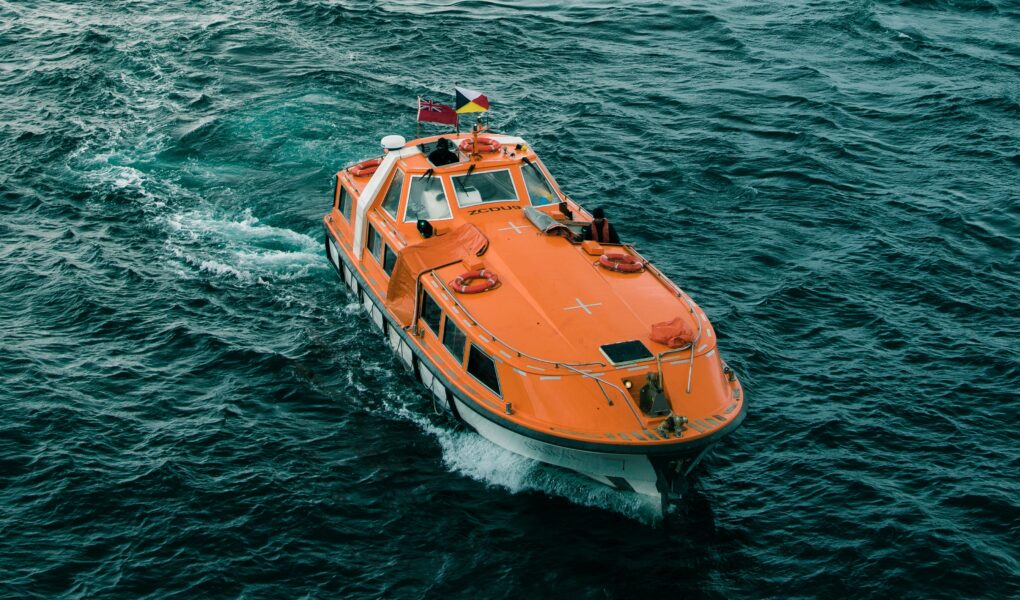Overview
Captain Phillips is a 2013 film directed by Paul Greengrass about the Maersk Alabama, a U.S. containership, sailing from Salalah, Oman, to Mombasa, Kenya. The containership held over 5,000 metric tons of relief supplies intended for the countries of Kenya, Somalia and Uganda. This film was inspired by real events described in a book written by Captain Richard Phillips himself called, A Captain’s Duty.
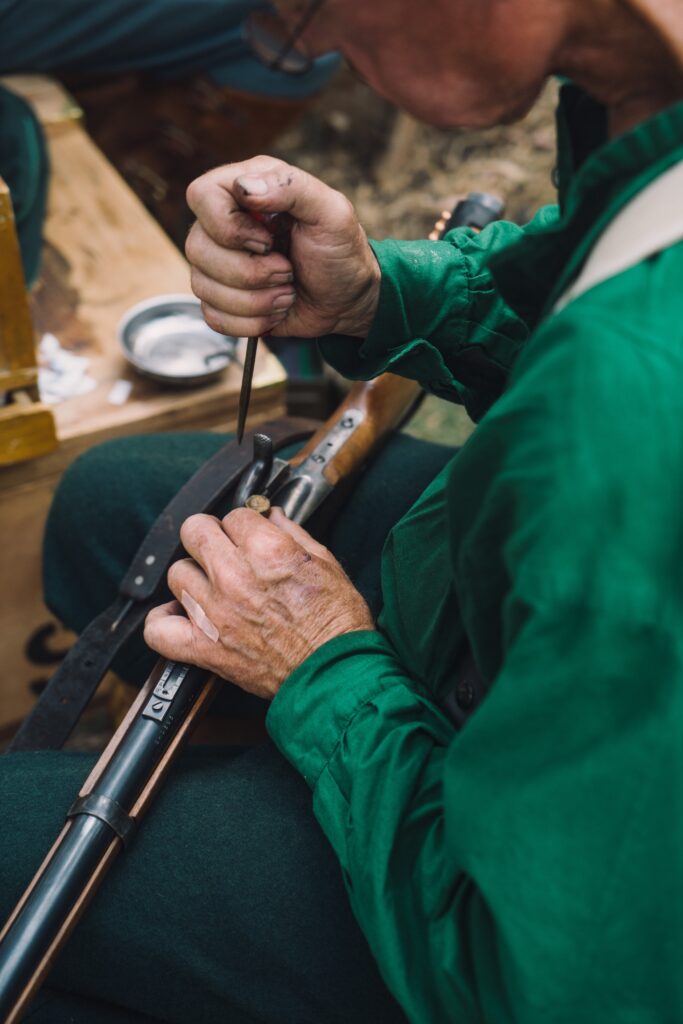
On April 8, 2009, Once around 300 miles off the coast of Somalia, Somali pirates board the vessel. All pirates were in the range of 15-18 years old. Armed, the pirates intended to take everyone on board hostage and ransom the ship back to America for millions of dollars. However once aboard the ship, they can only find Captain Richard Phillips, played by Tom Hanks, and one crew member. This is when the famous, “I am the captain now”, line was said by Abduwali Muse, played by Barkhad Abdi, the leader of the pirates. Interesting fact: Adbi was a taxi driver and his role as Muse was his first ever part. It is obvious to the pirates that the rest of the crew was hiding, so they go to search the whole boat.
The hiding crew manages to capture Muse and offer the pirates a deal. The pirates would return Phillips and the crew would release Muse. The crew would then give 30,000 dollars which was the petty cash kept on the ship to the pirates and let them get into a lifeboat to go back to Somalia. The pirates agreed.
When the exchange happened, the crew let Muse go first because the pirates said that Phillips needs to show them how to use the lifeboat. Unsurprisingly, the pirates broke the agreement, taking Phillips hostage and setting a course to Somalia. It would be easier for them to stash Phillips on land in Somalia as they would be united with their clan. It would give them even more bargaining power.
The small orange lifeboat containing four pirates and Captain Phillips was on its way. Once negotiators arrived, it was clear that the pirates were extremely hostile and believed they held all the power. In an attempt to find a solution, the USS Bainbridge, a U.S. Navy destroyer ship, intercepts them.
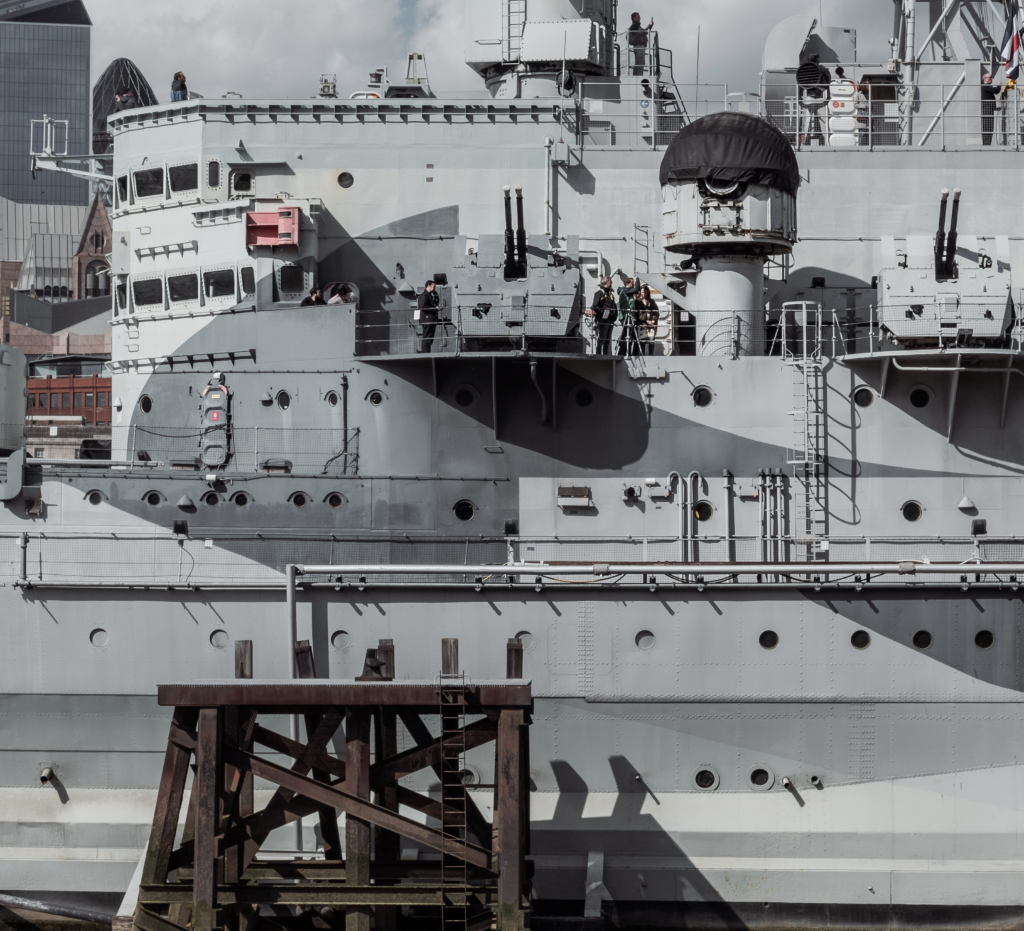
The pirates start to grow restless. They started to run out of khat, a plant-based amphetamine which helps prevent seasickness. They also lost contact with the mothership, which was essentially the base of their piracy operations. One pirate suggested to kill Phillips, but Muse refused.
The Navy used non-violent actions to stop the lifeboat from reaching Somalia. A few examples include using a helicopter to stop the lifeboat dead in its tracks, or the USS Bainbridge creating huge waves disorienting everyone in the lifeboat. The pirates were pushed to their breaking point once Phillips tried to escape by pushing one of the pirates into the water and making a break for the USS Bainbridge. But it was impossible to spot who was who through the darkness, so the Navy could not do anything. Phillips was recaptured and beaten by the pirates.
The Navy is now all out of peaceful options. The pirates and negotiators eventually reach a settlement. Muse is told that his clan elders are aboard the USS Bainbridge and since Muse was in need of severe medical attention, he agreed to board. The Bainbridge takes the lifeboat under tow as they lost all fuel with them agreeing to take the pirates to Somalia. But the Navy had other plans. The Bainbridge slowly winched the lifeboat closer and closer until they were only 75 feet away. The Red Squadron, a team of U.S. Navy SEAL snipers took their positions with orders to shoot if Captain Phillips was in danger.
Inside the lifeboat, Captain Phillips crafts a goodbye letter and when the pirates find it, they snatch and destroy it. Phillips retaliates. He beats one of the pirates until another strikes him with the back with an AK-47. The pirates had enough. Without Muse subduing them, they tie up Phillips and tell him to say his last words. Phillips now had a gun to his head.
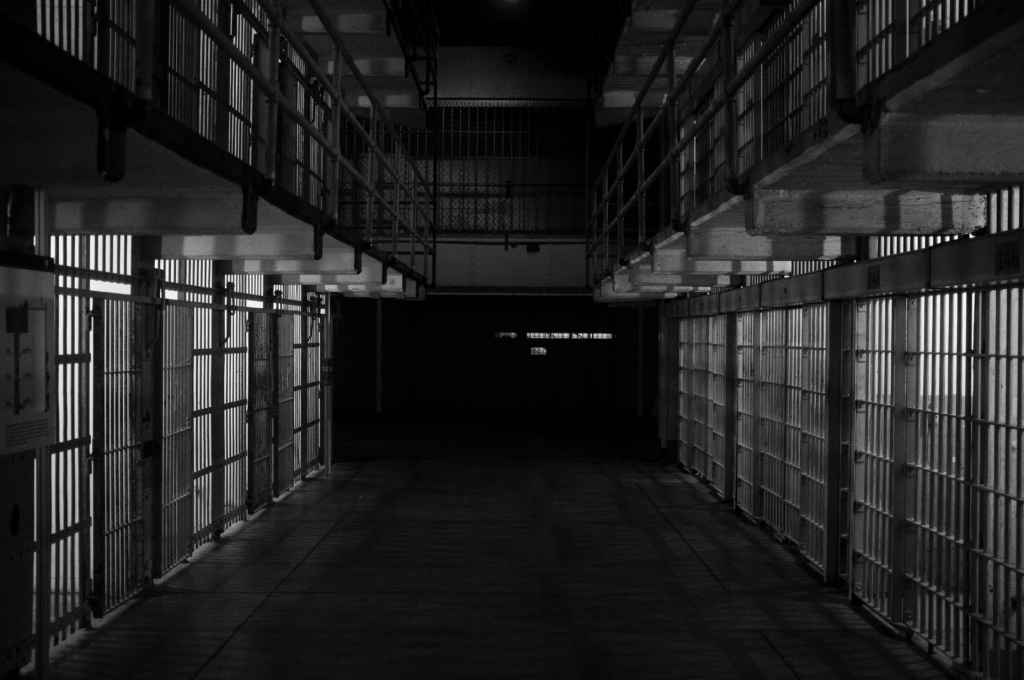
Then, the USS Bainbridge suddenly stops, throwing the pirates of balance. The SEALs now had a lock on all three targets. Three snipers shoot simultaneously, taking out the three pirates on board. Captain Phillips was saved. Muse was immediately arrested, pleading guilty to hijacking, kidnapping and hostage-taking. This guilty plea led to the drop of the piracy and possession of a machine gun charges. Muse was sentenced to 33 years and 9 months in federal prison on February 16, 2011.
Somali Pirates
The Maersk Alabama hijacking took place in 2009, and it was not a one-off incident. After the brutal Somali civil war, their territorial waters were left undefended. Foreigners took full advantage of this by illegally fishing and dumping industrial and toxic waste in Somalian waters.

Many believe that piracy saved Somalia and essentially got them through their destructive civil war. Piracy started as Somalians chasing foreign vessels taking part in illegal activity. It was seen as patriotic and people applauded these pirates. But over time, the line got blurred between what was sending a message and real piracy. Somalian pirates started attacking merchant ships who were legally in Somalian waters and holding them for ransom. Piracy in Somalia reached its peak in 2011 and basically became the backbone of the economy. Average citizens turned against these pirates, claiming that they had lost their original purpose.
However, after international efforts, Somalia managed to report zero piracy incidents in 2019 which was outstanding comparing it to around the 180 piracy incidents in 2011.
Now, even though piracy has temporarily subsided in Somalia due to things such as international aid, piracy is still prevalent throughout the world. In terms of the U.S. economy, it looses somewhere between 47.5 -115.3 billion dollars in GDP per year due to piracy.
Historical Accuracy of the Movie
The film attempted to preserve the historical accuracy of the real event while ensuring that the movie was eventful and interesting. They went as far as obtaining the sister ships of both the Maersk Alabama and USS Bainbridge to use in the film. During some scenes in the USS Bainbridge, the crew seen working on board were not extras. They were the real crew of the USS Bainbridge. The main events were mostly kept the same, however, just like most films adapted from real events, there was a healthy amount of embellishing.
The more the story is passed around, the more fuzzy the details become. The events were documented in a book Phillips wrote himself, which was then turned into an action film. There are bound to be discrepancies.
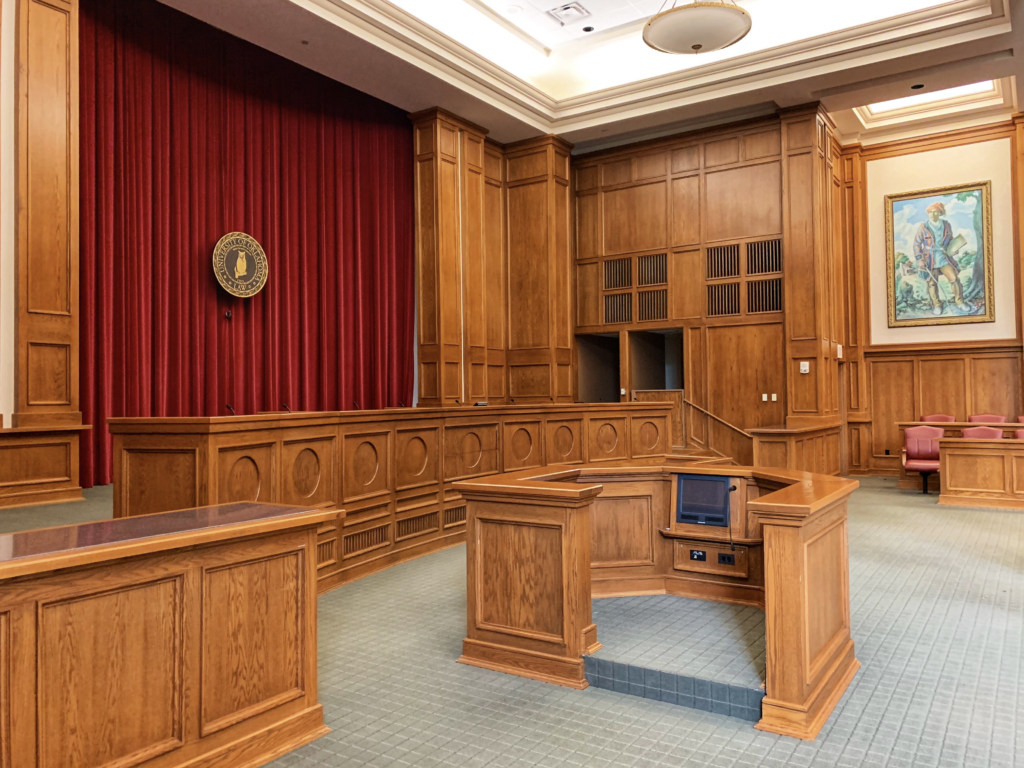
One major complaint was that Phillips was not as heroic as the film portrayed him to be. Phillips himself spoke out on this and agreed, saying that he was shown to be more heroic than he actually was. When the pirates boarded the ship and threatened to kill a crew member, Phillips offered himself. That never happened. Crew members described Phillips as sort of “along for the ride”. A few crew members actually sued the Maersk Alabama claiming that Phillips should have changed to course to be further from the Somalian coastline after getting warning emails of ongoing piracy concerns in the region. But, Phillips stayed on course in order to cut fuel costs. He reasoned that changing the course would not have mattered because pirates operated beyond 1200 miles from the Somalian coastline. The lawsuit was eventually settled.
Regardless, Paul Greengrass, the director, “stands by the authenticity of Captain Phillips”. Information is Beautiful, a now shut down blog, claimed that the film was 81.4% accurate.
Impact / Unanswered Questions
Some of you may be wondering, why were there no armed personnel on board or any defense mechanisms?
Well there were defense mechanisms in place, but they were relatively ineffective. There were power hoses to deter the pirates from boarding. However, there was an open spot which the pirates exploited to board the ship. There was also a directional super sonar which emits a high pitched sound when pointed at someone. But, this technology was heavy and had to be set up which is difficult with shots being fired.
There was no armed personnel on board because cargo companies simply viewed it as unnecessary. Especially U.S. cargo ships as pirates rarely dared to attack a U.S. ship due to their superpower status. Armed personnel also costs money and the prices were absolutely absurd. Even after hiring armed personnel, there were countless insurance policies that were simply too much to deal with. Laws around weaponry on board were also very severe, another deterrent for many companies.
However, after numerous pirate attacks, including the Maersk Alabama’s hijacking, it became clear that security was no longer something that could be ignored. Piracy started to cost more than hiring security. Furthermore, laws around weaponry on board were loosened allowing for more commercial ships to have armed personnel on board.
If there are any unanswered questions, do not hesitate to put them in the comments section, I will get back to you as soon as I can.

